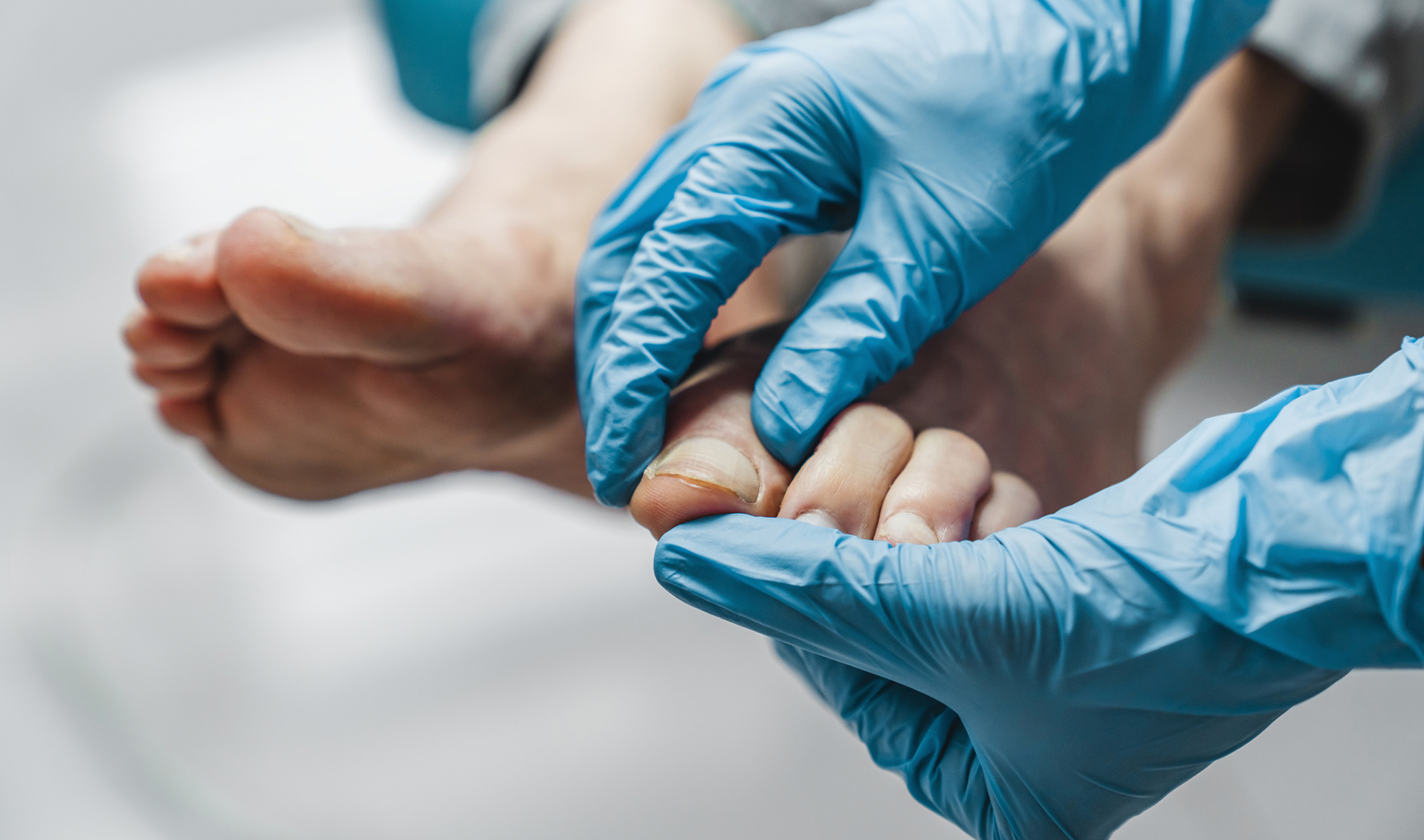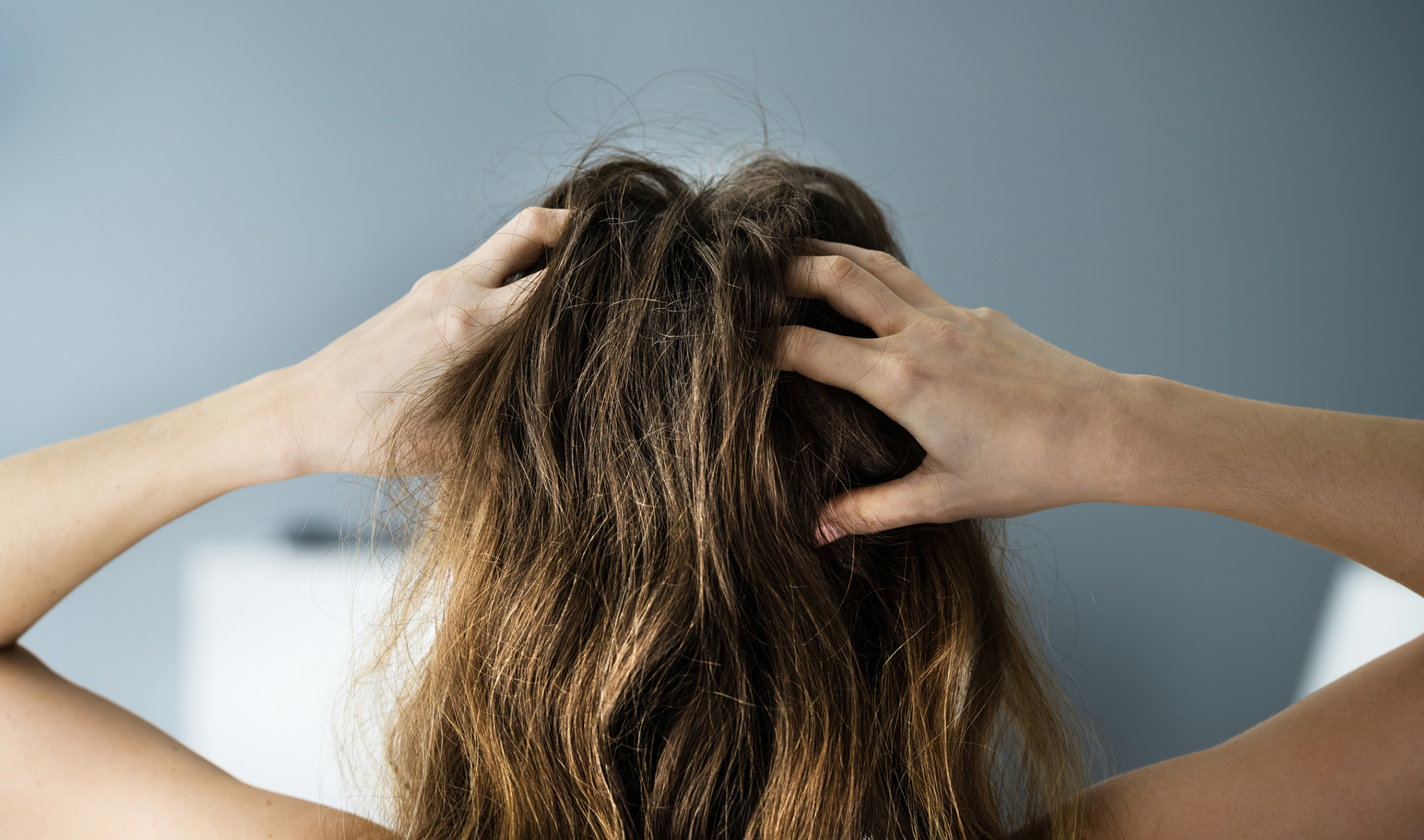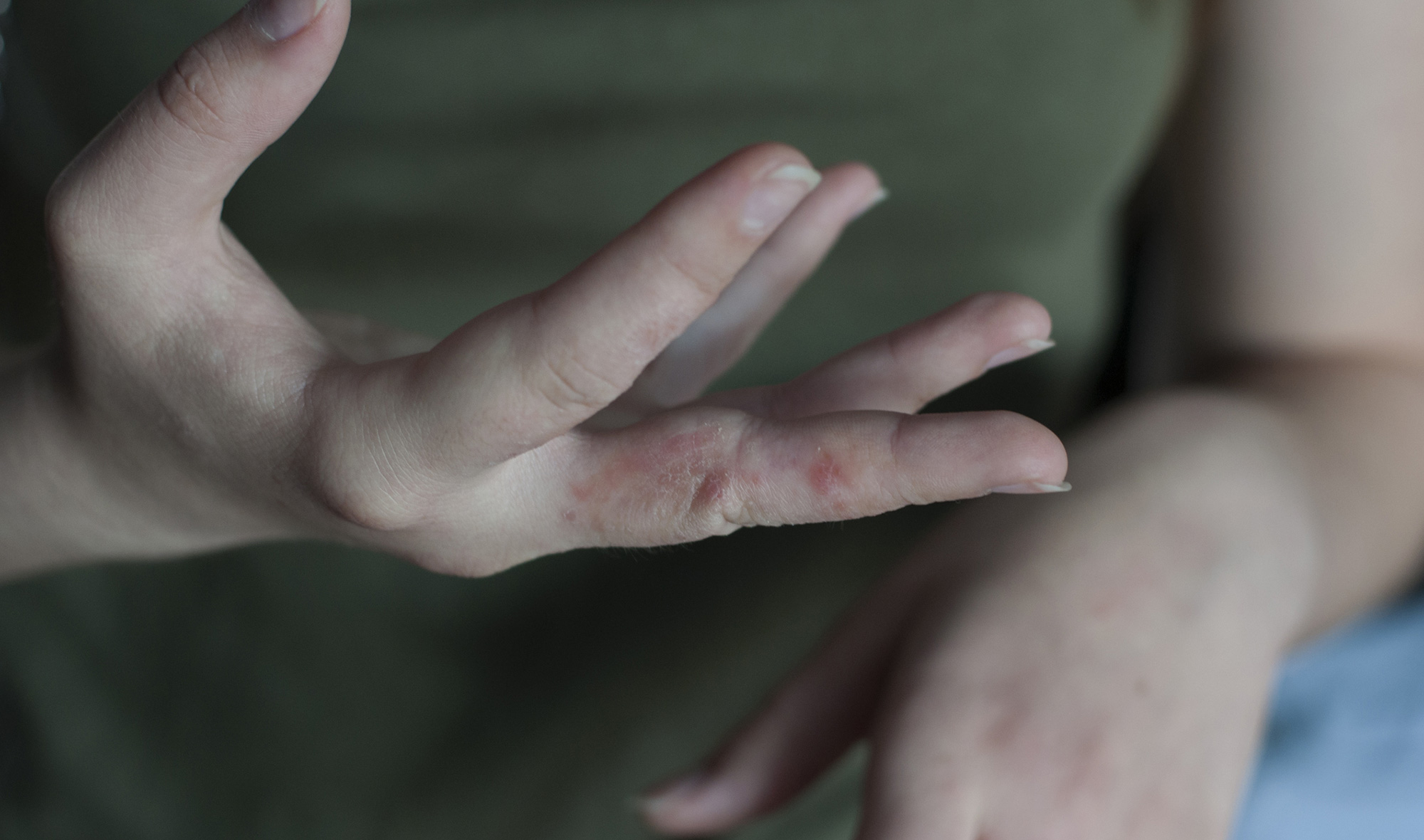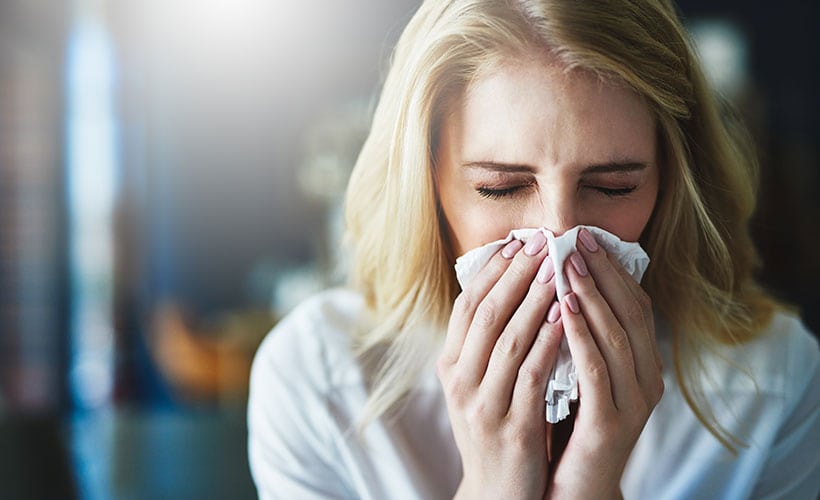What is a fungal infection?
The most common types of fungal infections are caused by a mould-like fungus in the outer layers of the skin, usually on the arms, legs, chest, face and scalp (Ringworm). Other common places are Tinea between the toes (athlete’s foot), and in the groin (jock itch); they can also infect the nails and hair. Another similar infection is Candida, a yeast-like fungus that normally lives happily in our warm, moist places like the gut, mouth or vagina but sometimes gets out of control causing Candidiasis or thrush.
What causes a fungal infection?
These organisms exist all around us in the soil, in swimming pools and showers, even on our pets. They love to live in warm moist places and are happy in the dark, which is why they grow especially well in the skin folds and creases between toes and in the groin area. Fungi live on a protein found in skin cells, hair and nails. Some of the names given to fungal infections, like athlete’s foot and jock itch, reflect that they are common in sweaty sportspeople who have an ideal habitat for fungi to grow in these areas. Children are particularly prone to fungal infections like ringworm, which has nothing to do with worms but is named for its circular growth pattern and the old belief that it was caused by a worm which had invaded the body through the skin or bowels.
How do fungal infections spread?
Fungi spreads by producing spores, which can get into cracks in the skin but usually do not cause a problem and are controlled by our immune system. Fungal growth is also kept under control naturally by other micro-organisms that inhabit our body, but various factors can lead to an infection. For instance, vaginal thrush often results from taking antibiotics which kill off the other microorganisms that keep the candida yeast under control. Also, if your immune system is compromised, perhaps by an illness, then a fungus may grow and cause the infection. Hormonal changes in pregnancy and high blood-sugar levels in diabetics can also affect the microbial balance and encourage the spread of fungal infection.
What are the symptoms?
- Mouth thrush – white patches that sting or itch
- Vaginal thrush – itchiness, pain and discharge
- Ringworm in the skin – red, itchy, scaly patches on the skin in a ring formation getting wider as the fungus grows. The centre of the ring may lose hair, becoming bald. Some forms can cause skin discolouration
- Ringworm in the nails – thickened discoloured nails which can become painful and crumble
- Athlete’s foot – pale, itchy, soggy-looking patches between the toes.
- Jock Itch – Affects the groin areas, especially the areas in the upper thigh.
Prevention and treatment
Most fungal infections are unpleasant and irritating but not serious. You can help prevent infection spreading by sensible hygiene and self-care, but always seek medical help if the problem gets worse. If you keep getting thrush the following may help:
1. Don’t give the yeast/fungus a home
- Always dry yourself well after showering or bathing, especially in all those nooks and crannies that fungi like to live, between your toes, around your neck and in your groin area.
- Wear loose clothing to prevent moisture building up next to your skin, also natural fibres like cotton are best.
- Go barefoot as often as possible to allow your feet to dry out, except in risk areas like swimming pools, a common place for picking up a fungal infection.
- Ringworm and other fungal skin infections can be avoided by making sure that your pets (cats and dogs) do not have ringworm. Take them to a vet for a check.
2. Diagnosis
Most fungal infections can be diagnosed by their appearance, although some may look similar to other skin problems like eczema, so it’s always a good idea to have the diagnosis confirmed. If necessary, your medical practitioner will take skin or nail scrapings and send samples to the laboratory to look for fungal growth. If you suspect mouth or vaginal thrush is your problem, your doctor may take a swab of the infected area for laboratory testing.
3. Topical anti-fungal treatment
Most fungal infections are on the surface of the skin and don’t spread far, so topical anti-fungal sprays and creams gets applied directly to the infected area, will usually get rid of the offending micro-organism. These are available from your pharmacy. You can also use an anti-fungal shampoo for hair or scalp infections. For vaginal thrush, use anti-fungal creams or pessaries inserted into the vagina.
4. Anti-fungal medication
If a tinea-type fungal infection is widespread or does not disappear with topical treatment, you may need tablets to get rid of the infection and it may take up to three months to be sure you are completely rid of the fungus. Tablets are also available to treat thrush and usually a single dose is sufficient.
5. Self-care
- Eating acidophilus yoghurt may help keep thrush at bay.
- You can also take probiotics which are “friendly” bacteria, as a supplement, which you can buy from a health food store or pharmacy. Ask your pharmacist which probiotic is best for you.
- A warm salt water bath will help relieve itching caused by a fungal infection.
- Tea tree oil may help nail infections.

















Community